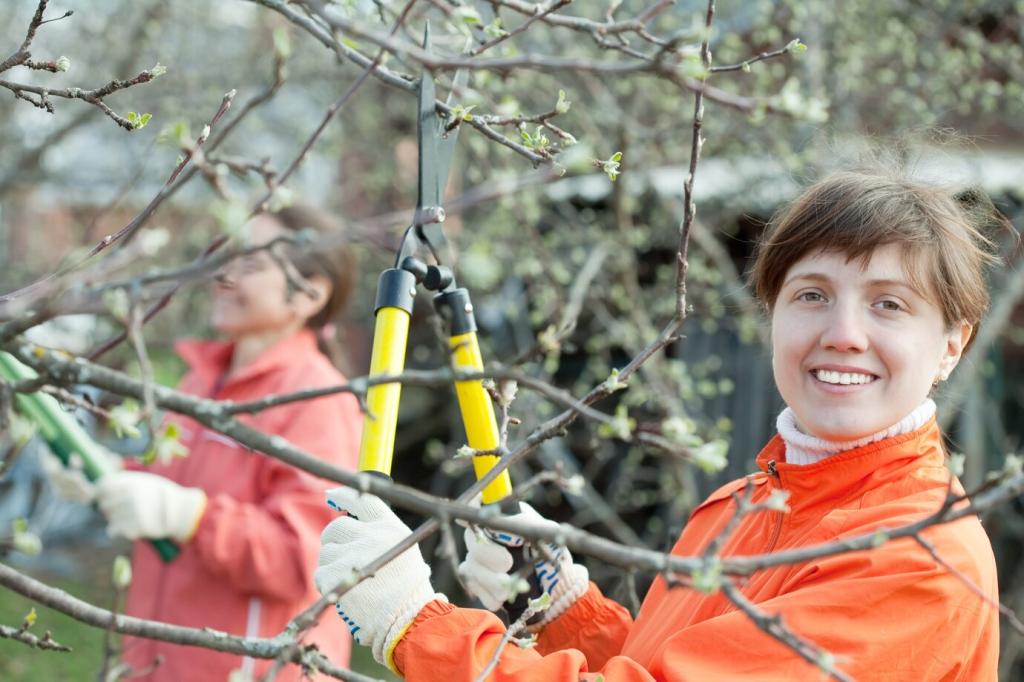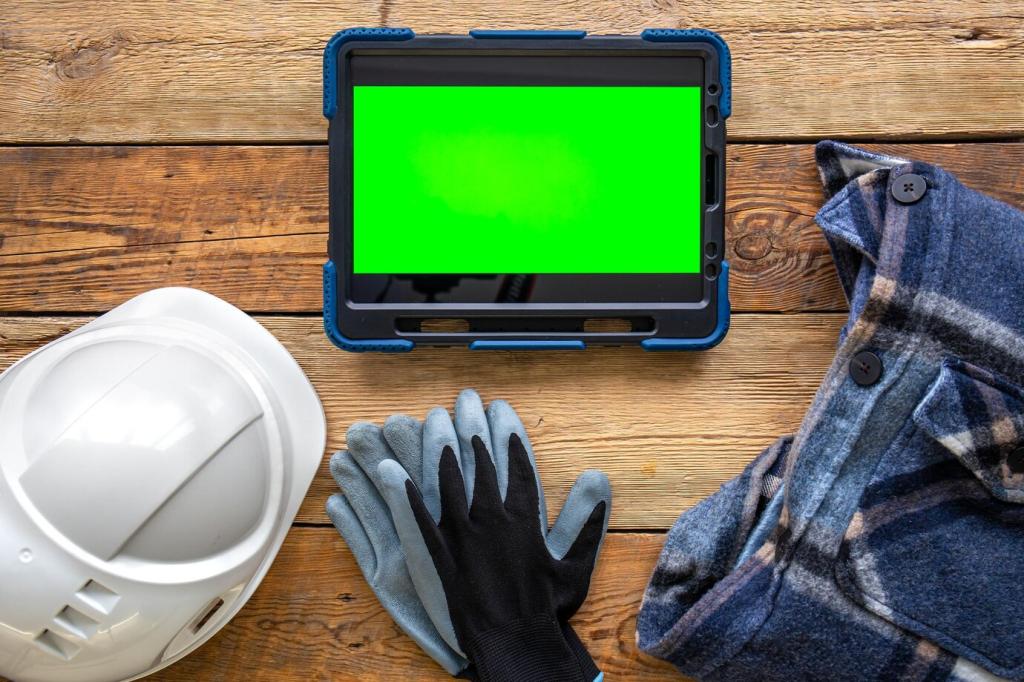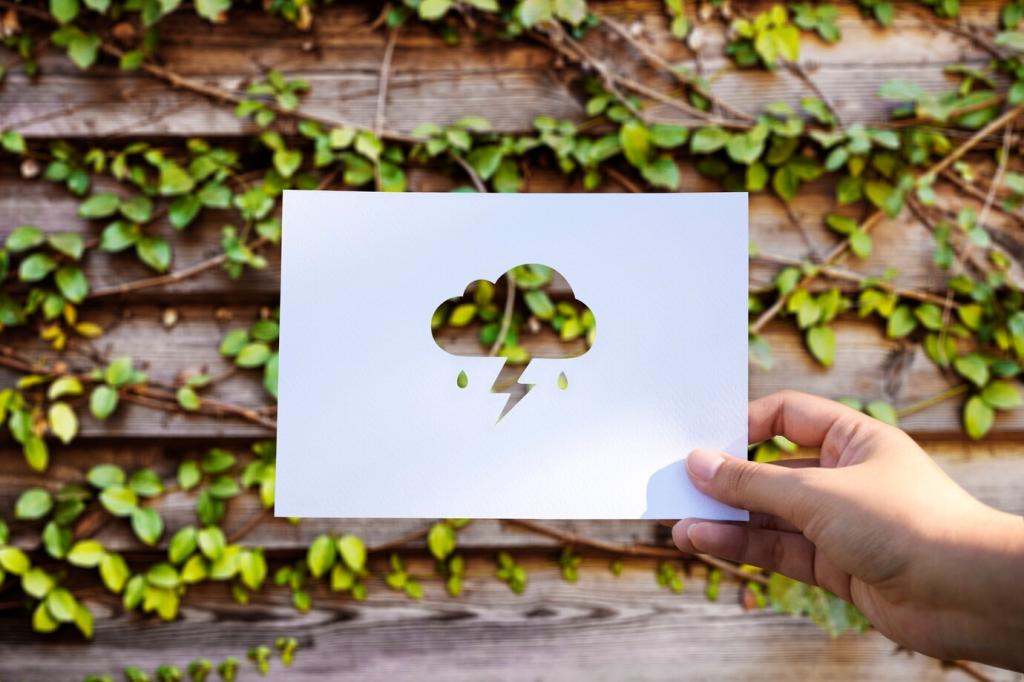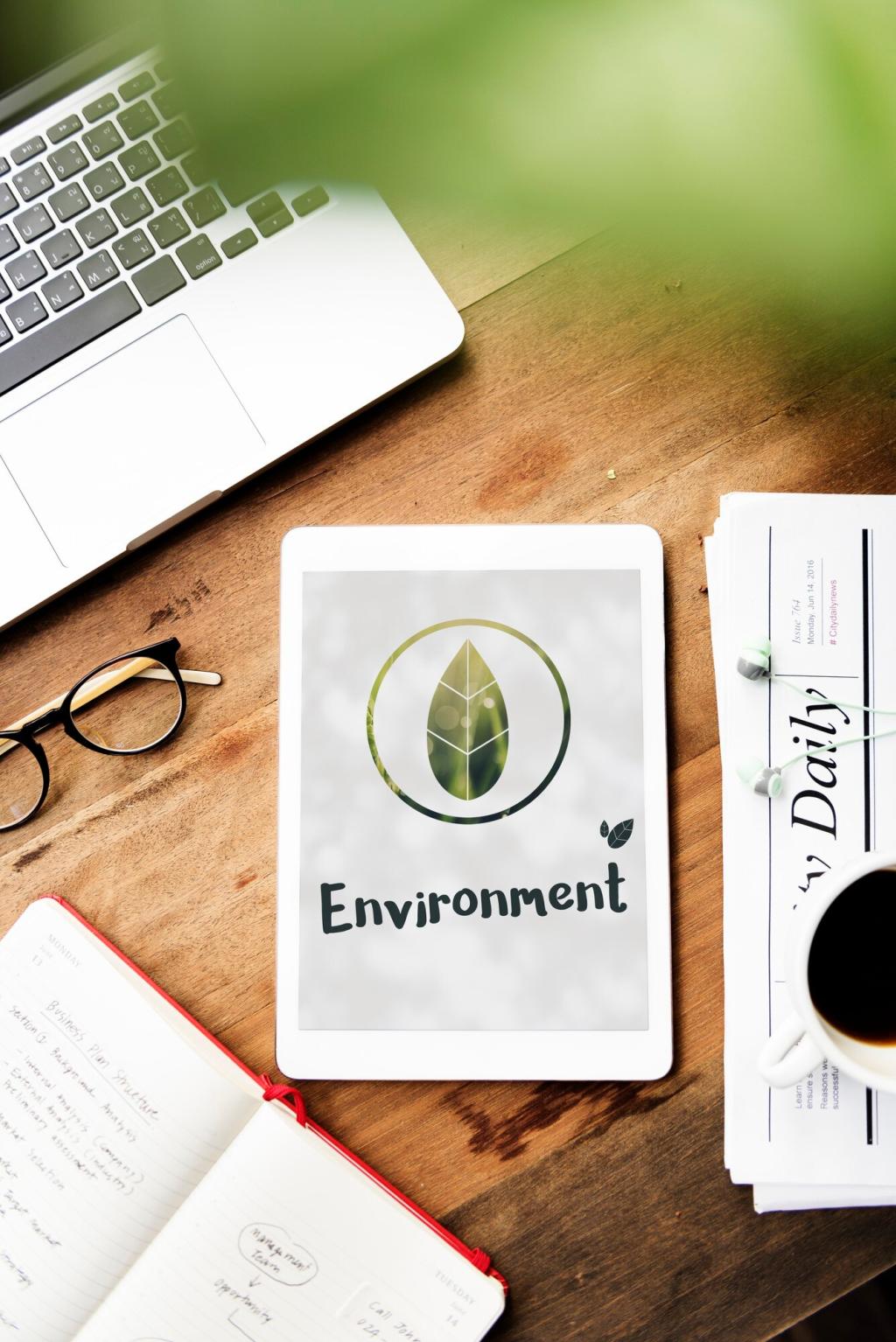Why Sustainable Upholstery Cleaning Matters
By replacing solvent-based spot removers with plant-derived surfactants and low-VOC methods, you reduce indoor pollutants while protecting waterways. As asthma triggers drop, fabric fibers last longer, saving money and avoiding premature disposal. Tell us how your home air feels after greener swaps.
Why Sustainable Upholstery Cleaning Matters
Chlorinated solvents and optical brighteners may strip dyes and weaken natural fibers, leading to faster wear and micro-shedding. Their production and disposal carry carbon and toxicity burdens. Share experiences where a gentler approach preserved both color and conscience.








